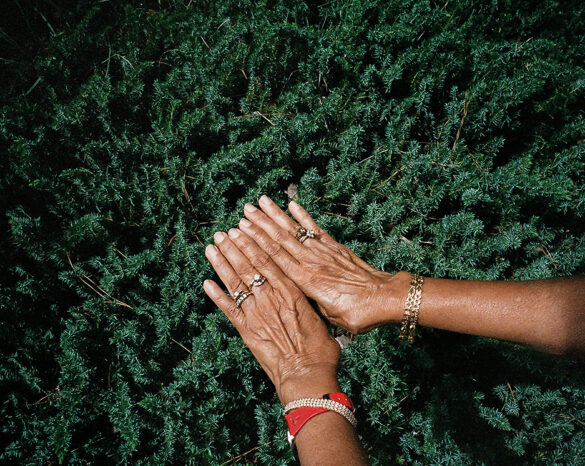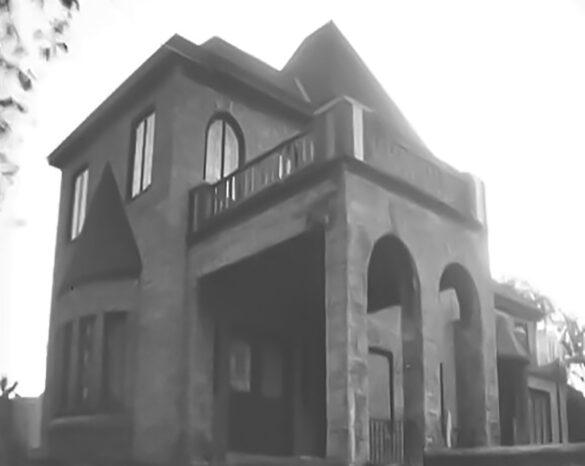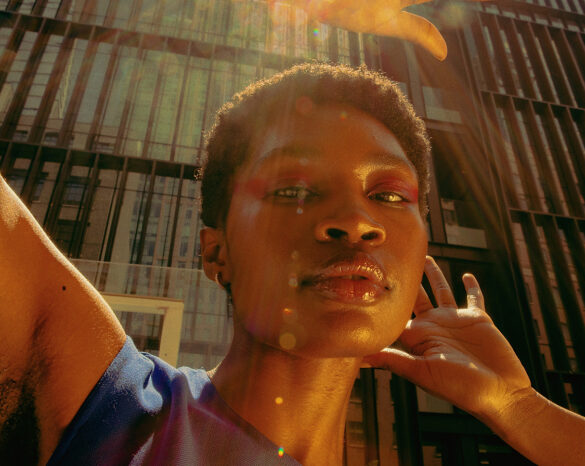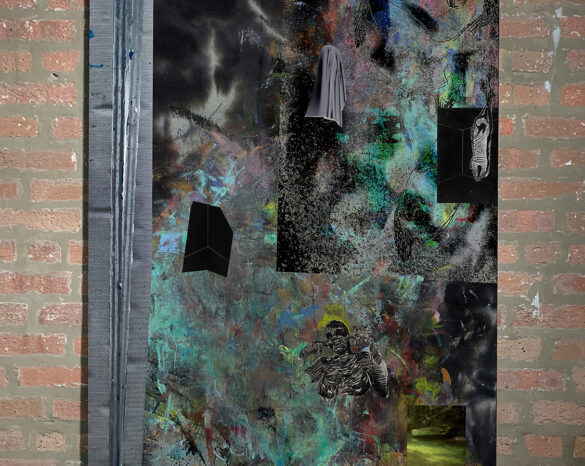Deeply Rooted
Posted on April 22, 2024
Curated by students at the Art Academy of Cincinnati, Deeply Rooted highlights artists Vikesh Kapoor, Tomiko Jones, and André Ramos-Woodard, telling multi-generational stories of traditions. In the exhibition, memory is explored through cultural and familial experiences from different perspectives. Intergenerational aspects of intimate spaces, objects, and portraiture are showcased in vernacular, film, and digital photography.Kapoor is invited to serve as guest judge for the Art Academy’s Chidlaw Gallery show, Student Reflections, which will present selected artwork by AAC students.
Artists: Vikesh Kapoor, Tomiko Jones, André Ramos-WoodardStudent Curators: Noctis Bailey, Dominique Catron, Meg Elizabeth Evans, Jaila Felts, Kamaire R. Jones,... Continue reading Deeply Rooted





